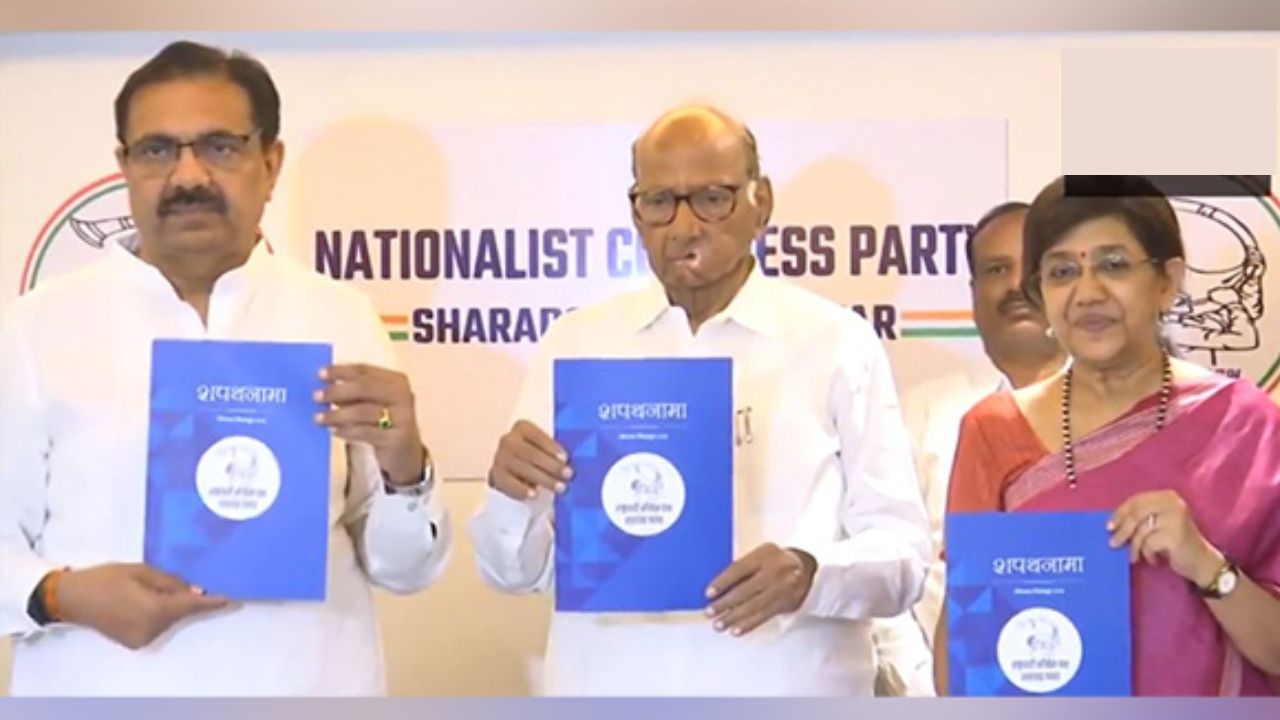Moto G5 Plus review: Arguably the best sub-20k phone around

The original Moto G that was unveiled back in 2014 started the trend of 'online-only' smartphones. It managed to sell as much as any well-respected smartphone company's mid-rangers. Since then, Moto has refreshed the phone four times - selling over a million units - with Moto G5 Plus being it's latest low-end 'flagship aspiring' smartphone.
This iteration of the Moto G-series smartphones is the first to have a metal body, and that is a major selling point. Along with that, prospective consumers will be happy to know that the phone comes with Android Nougat out of the box, a first for the price range.
At the launch in New Delhi, I got to try out the smartphone for the first time. Back then, I wasn't at all impressed by the smartphone's design or camera, the two things I focused on while using the phone for a brief 10 minutes. Three weeks of usage later I'm happy to say that my opinion has changed.
Design & Display
Moving from a plastic to metal design has done the G-series a world of good. The metal uni-body design gets high marks. It's sturdier, doesn't slip from the hand, looks handsome - with the flat metal back and full glass front - and the camera bump, though the only blemish in the design of the phone, doesn't affect one handed usage.
One more thing that aids this is the fact that the phone feels light while held in the hand. With a thickness of just 7.7 mm, it is considerably slimmer than its predecessor.
The 5.2-inch display - down from the G4 Plus' 5.5-inch display - is much improved, and the oval-shaped fingerprint scanner was a sheer delight to use. The headphone jack sits at the bottom, while the front camera and light sensors are at the top. The standard power and volume buttons are on the right side, with the SIM card tray, rather unusually, is at the top.
The 5.2-inch IPS LCD display comes with a full-HD resolution with an impressive 424ppi pixel density. It's bright, sharp and not hard to use in the harsh Delhi sunlight. Corning's Gorilla Glass 3 makes sure the phone doesn't break when dropped.
The camera on the back has a round lens and comes with a dual tone LED flash. The shiny Moto logo sits right in the middle below the camera. The one premium feature missed out on the phone is the inclusion of a USB Type-C charging point. It uses the traditional Micro-USB port instead.
Features
The smartphone is packed with a Snapdragon 625, the same as Xiaomi's Redmi Note 4, and Lenovo P2. In India, the smartphone is being sold in two variants - a 3GB RAM and 16GB storage model, and a 4GB RAM and 32GB storage one. There is microSD card support up to 128GB.
Motorola has been wise to include NFC and VoLTE in the phone, and it is powered by a 3,000 mAh battery which has TurboPower for fast charging. The phone comes with Android Nougat out-of-the-box, which is impressive for any sub-20k phone. There are also software touches that are quite neat like the Moto Display, that shows notifications even when the phone is locked.
As far as the camera department goes, you get a 12MP rear-facing camera with autofocus and that dual-LED flash. The front camera is a 5MP one.
Google Assistant is being rolled into the smartphone via a software update and hence I couldn't test it out. Motorola has promised a quick software update to rectify this.
Software
The fact that a phone in the sub-20k bracket comes with near stock Android, is truly magnificent. Not many other manufacturers can claim this. Compared to the modified versions of Android on Xiaomi, Vivo and Gionee, the Motorola phone stands out from the pack. In fact, Motorola goes one step further and has included a Pixel-type launcher where one just has to swipe up to open the app drawer.
Along with Moto Display, one can also chop twice to activate the flashlight, or twist to open the camera and enable several under features that make the phone fun to use.
The greatest feature - and one I had an absolute blast using - was the front facing fingerprint sensor doubling up as Android navigation keys. Meaning that a left swipe can be used to go back while a right swipe opens a multitasking window.
The UI is fast, smooth, and very responsive despite the occasional lag while gaming.
Performance & Battery Life
As far as using the Moto G5 Plus as a daily driver goes, it will not let you down in terms of performance and battery life. Multi-tasking (I had 15 apps open at a time) showed minimal lag. It's only the gaming - FIFA Mobile and Need For Speed - that slowed the phone down, and let the back panel heat up considerably. This despite using the top-of-the-line model that come with 4GB of RAM.
Like gaming, the phone also heated up while using it for navigation for medium to long distances. The only solution here was to place it on the dashboard of the car.
The earpiece in the front is another part of the phone that is below average. While taking calls, the speaker felt loud enough to do damage unless the user stood a couple of feet away from the phone. The lack of clarity also brought the experience down. Using the bundled headphones was an absolutely atrocious experience as well. Even on loud volumes, it felt soft and the fit wasn't comfortable.
Curiously, Moto decided not to include an LED status indicator, because it thought its Moto Display feature was enough to check notifications.
On a day-to-day basis, this phone, whilst much more comfortable to use in the hand than the Xiaomi Redmi Note 4, didn't offer the necessary end-performance bump to justify the more expensive price. The battery life though, was a pleasant surprise with just enough battery to last through the morning on usage that involved very little gaming. The smartphone bundled with the ‘Turbo’ charger meant that within 90 minutes, the phone went from 0% to full charge.
NOTE: One word of caution for Motorola phones is that if you use this phone with any other micro-USB chargers, then there is a chance that the charging point will get spoiled. This has happened on occasion with many of my friends' smartphones. Do not lose your charger if you buy this phone. Carry it with you at all times.
Camera
The Moto G5 Plus camera, without any of the added effects, in Auto and HDR modes is the best in the sub-20k price bracket. The 12MP sensor surprised me with its vibrant colours and sharp contrast. Detail wasn't lacking unless the object was truly very far away. The one thing it lacks is OIS, and that means your hand has to be steady than usual. Whilst focusing is quick, moving the hand, even slightly, raises the chances of a blurred image.
Inside and in low-light, the camera is strictly average and sometimes even the Redmi Note 4 took better shots. The camera can shoot videos at 4k resolution, and whilst the video quality is good, the audio that is captured with it is muddled and you can't make out one word from another.
If you're a 'selfie-obsessed' Indian citizen, you're going to be truly let down by the pictures coming out of the front-camera. There is a lack of detail, lack of sharpness, and lots of pictures are blurry.
The camera app is standard and comes with all the various modes you'd expect, but a few more manual mode options and some software updates dealing with stabilisation would make the outcome that much better.
Should you buy this phone?
This may be the most expensive Moto G phone, coming in at Rs 16,999 for the 4GB version. But, it is the best of the lot and possibly the best in the sub-20k category, but not by far. The 3GB RAM variant is priced at Rs 14,999, but absolutely no one should buy that at all.
Xiaomi's Redmi Note 4 comes with a 64GB version that is priced at Rs 12,999, making it significantly cheaper. Most of the usage nowadays happens in the cloud, but who wouldn't prefer a 64GB version to store all those music files, images and videos?
People loyal to the brand are not going to ditch this phone for Xiaomi. In fact, a colleague of mine here at Catch recently upgraded from a Moto G Turbo to the Moto G5 Plus. Those supporters of Xiaomi are going to argue that at a lower price, one gets equal performance. The Motorola consumers will be touting the much-improved camera.
The bottom line: If you're a budget-conscious consumer, then Xiaomi's Redmi Note 4 is for you. If you're willing to splurge a little more cash, then the Moto G5 Plus is good value for money considering its superior camera.
The phone does have one significant advantage over the Redmi Note 4 -- the G5 Plus is always in stock. On the other hand, one has to wait for a flash sale to have a 'chance' of buying Xiaomi's Redmi Note 4.
Final verdict: While using the phone as a daily driver for three weeks, I felt like, at times, the phone was too much of a budget offering and not a mid-ranger as it should have been. Saying that, I'd still highly recommend the phone. It's one of the best in the sub-20k category barring the Redmi Note 4 and with it getting software updates almost as fast as Google releases them, that's a bonus you don't want to miss out on.
First published: 30 May 2017, 9:29 IST






![BJP's Kapil Mishra recreates Shankar Mahadevan’s ‘Breathless’ song to highlight Delhi pollution [WATCH] BJP's Kapil Mishra recreates Shankar Mahadevan’s ‘Breathless’ song to highlight Delhi pollution [WATCH]](http://images.catchnews.com/upload/2022/11/03/kapil-mishra_240884_300x172.png)

![Anupam Kher shares pictures of his toned body on 67th birthday [MUST SEE] Anupam Kher shares pictures of his toned body on 67th birthday [MUST SEE]](http://images.catchnews.com/upload/2022/03/07/Anupam_kher_231145_300x172.jpg)






